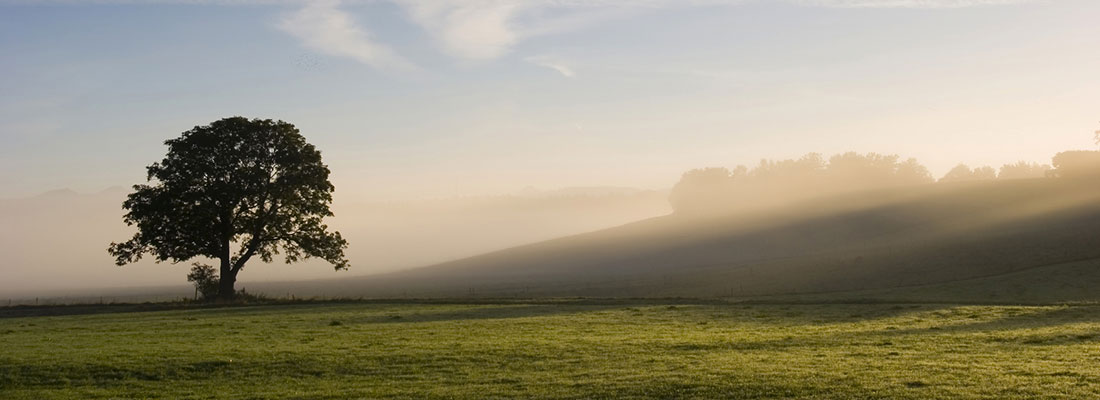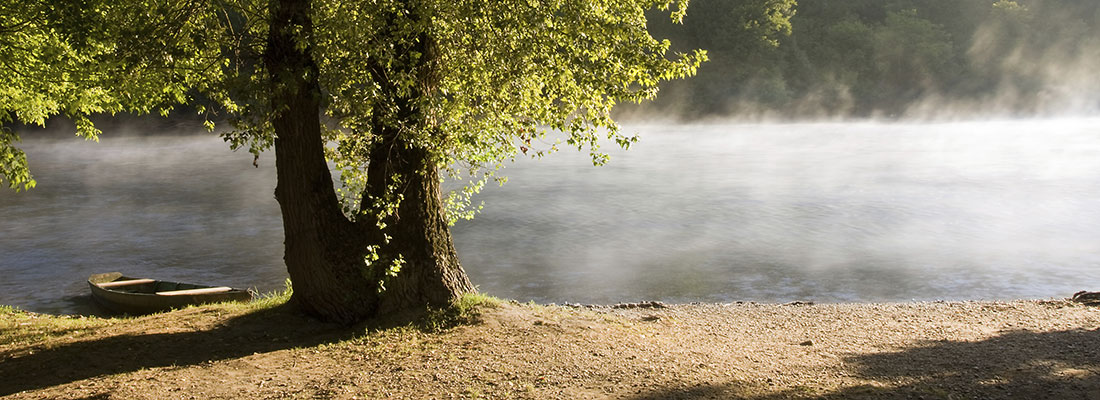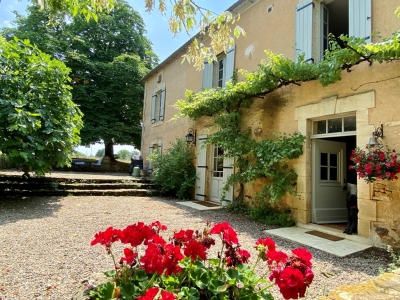Meet the Flintstones
Imagine if you will an Indiana Jones-esque tale, but with berets, a small dog called Robot and four teenagers from a village in the Dordogne forest. It’s 1940, the Nazi occupation of France is imminent and, strolling through the woods, the boys stumble across the overgrown entrance to a previously unknown cave system.
In it they discover the finest collection of pre history cave paintings in the world, untouched and unseen for over 17 000 years. But with the impending arrival of the German army on their doorstep, the families of Lascaux were more interested in the refuge the cave system offered than the spectacular artwork within.
The caves were eventually opened to the public in 1948 and became phenomenally popular – so much so that (allegedly) the CO² build up from the endless stream of visitors began to damage the paintings themselves and in 1963 the general public were banned from entry. Subsequently, an air conditioning system was installed (which actually made matters worse) and nowadays the caves themselves are the sole preserve of a handful of academics.
So having survived the last ice age, the rise and fall of the Roman Empire and countless conflicts, these stunning paintings – having been on view for only a handful of years - are plunged into darkness once again. And you and I are relegated to a (really clever) copy some 200m distant, Lascaux 2; interesting enough in its way, but the equivalent of visiting an art exhibition just to see beautifully framed forgeries. Sort of yabba dabba, without the doo.
As with the Mona Lisa – tucked away in a roped off, specially darkened corner of the Louvre - it’s difficult to feel a real connection with the subject. And the choice to exclude almost everyone from the caves is all the more curious, given both the rather iffy reasoning for denying public access and that the other caves, castles and chateaux in the area are so accessible and suffer from the absolute minimum of 21st century intrusion. There’s inevitably a bit of wear and tear, but no one gets overly exercised about it, and often only the most vestigial of railings lie between you and the yawning 300 foot drop to the valley floor below – kind of interesting and terrifying in equal measure. History in the raw, as it should be – just keep away from the edge.















